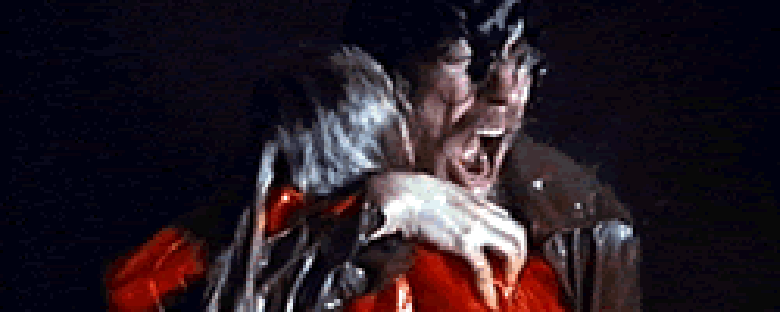Reviews
Nicolas Roeg
UK / Italy, 1973
Credits
Review by Leo Goldsmith
Posted on 13 October 2004
Source Paramount DVD
Related articles
features: October: 31 Days of Horror
Characterized by distorted wide-angle lens photography, the frequent insertion of non-sequiturs, and especially a hyperactive use of montage, the film style of Nicolas Roeg is particularly well-suited to the macabre and the supernatural. In particular, Roeg’s early films create a sense of menace with their disorienting structuring of temporality and space. (Although even some of his recent soft-core, like Full Body Massage, employs a somewhat unconventional non-linear structure.) The fragmentary style of his films provokes in the viewer a pervasive uncertainty about the meaning of the images onscreen.
The theme of Roeg’s early work is the difficulty of communication, not only amongst characters, but also between the film and the viewer. How do we understand what another person says, and how do we comprehend a series of images in a film? Walkabout, then, is first a film about irreconcilable cultural differences, and second a film that self-consciously refuses to bridge these differences or to comprehend the incomprehensible (the father’s insanity, the boy’s suicide). Similarly, The Man Who Fell to Earth relates the inability of an alien to assimilate to life on Earth and relates it in such a way that conveys the alien nature of his experience. Each of these films relies on a very modernist anxiety about the arbitrary meanings of signs and our tenuous linguistic grasp of experience.
In Don’t Look Now—the only true horror film that Roeg has directed—the reading and misreading of signs not only causes anxiety for the spectator but also becomes life-threatening for the characters. Second sight, premonitions, and communications from beyond the grave—all of these flood the screen (and the mind of the protagonist, John Baxter) with fragmented images, pieces of a narrative that resist coherence. Each fleeting glimpse represents only a tiny part of the larger picture, like a mosaic tile, the fragment of a broken mirror, the light reflecting off the canals of Venice, or an individual frame of motion picture film.
Complete with drowned children, a blind seer, an intimidating clergyman, and an impressive gushing of blood (to say nothing of its surprisingly graphic and sentimental sex scene), Don’t Look Now manipulates the conventions of the horror genre while it adds its own peculiar sense of foreboding. But even in the film’s closing moments, as the fragmented images fall slowly into place, the resolution keeps the film’s final meaning disturbingly elusive. The viewer is left with the question of which of John Baxter’s aphorisms to believe: “Seeing is believing” or “Nothing is what it seems.”
We don’t do comments anymore, but you may contact us here or find us on Twitter or Facebook.



